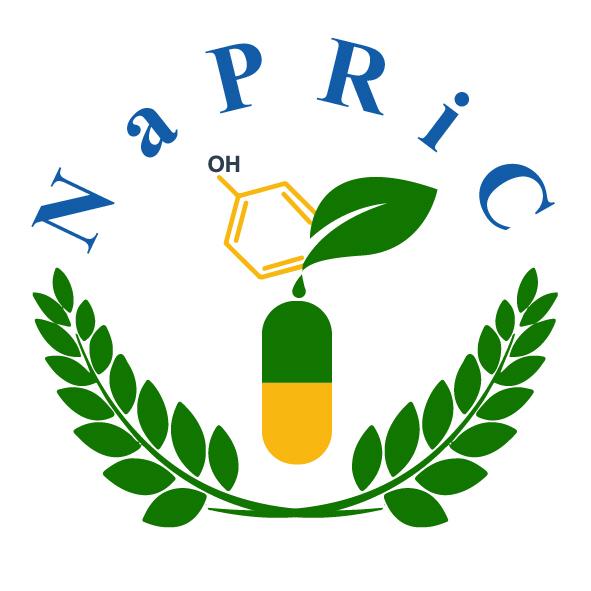Ethnobotanical survey and phytochemistry of medicinal plants used in the management of HIV/AIDS in Eastern Uganda
Currently, highly active antiretroviral therapy is unable to cure HIV/AIDS because of HIV latency. This study aimed at documenting medicinal plants used in the management of HIV/AIDS in Eastern Uganda so as to identify phytochemicals with HIV latency reversing potential. An ethnobotanical survey was conducted across eight districts in Eastern Uganda. Traditional medicine practitioners were interviewed using semi-structured questionnaires. Qualitative and quantitative phytochemical tests were respectively, performed to determine the presence and quantity of phytochemicals in frequently mentioned plant species. Data were analysed and presented using descriptive statistics and Informant Consensus Factor (ICF). Twenty-one plant species from fourteen plant families were reported to be used in the management of HIV/AIDS. Six plant species with the highest frequency of mention were: Zanthoxylum chalybeum, Gymnosporia senegalensis, Warbugia ugandensis, Leonatis nepetifolia, Croton macrostachyus and Rhoicissus tridentata. Qualitative phytochemical analysis of all the six most frequently mentioned plant species revealed the presence of flavonoids, tannins, terpenoids, alkaloids and phenolics. Quantitative analysis revealed the highest content of flavonoids in L. nepetifolia (20.4 mg/g of dry extract) while the lowest content was determined in C. macrostachyus (7.1 mg/g of dry extract). On the other hand, the highest content of tannins was observed in L. nepetifolia. (199.9 mg/g of dry extract) while the lowest content was found in R. tridentata. (42.6 mg/g of dry extract). Medicinal plants used by traditional medicine practitioners in Eastern Uganda to manage HIV/AIDS are rich in phytochemicals including flavonoids and tannins. Further studies to evaluate the HIV-1 latency reversing ability of these phytochemicals are recommended to discover novel molecules against HIV/AIDS.

